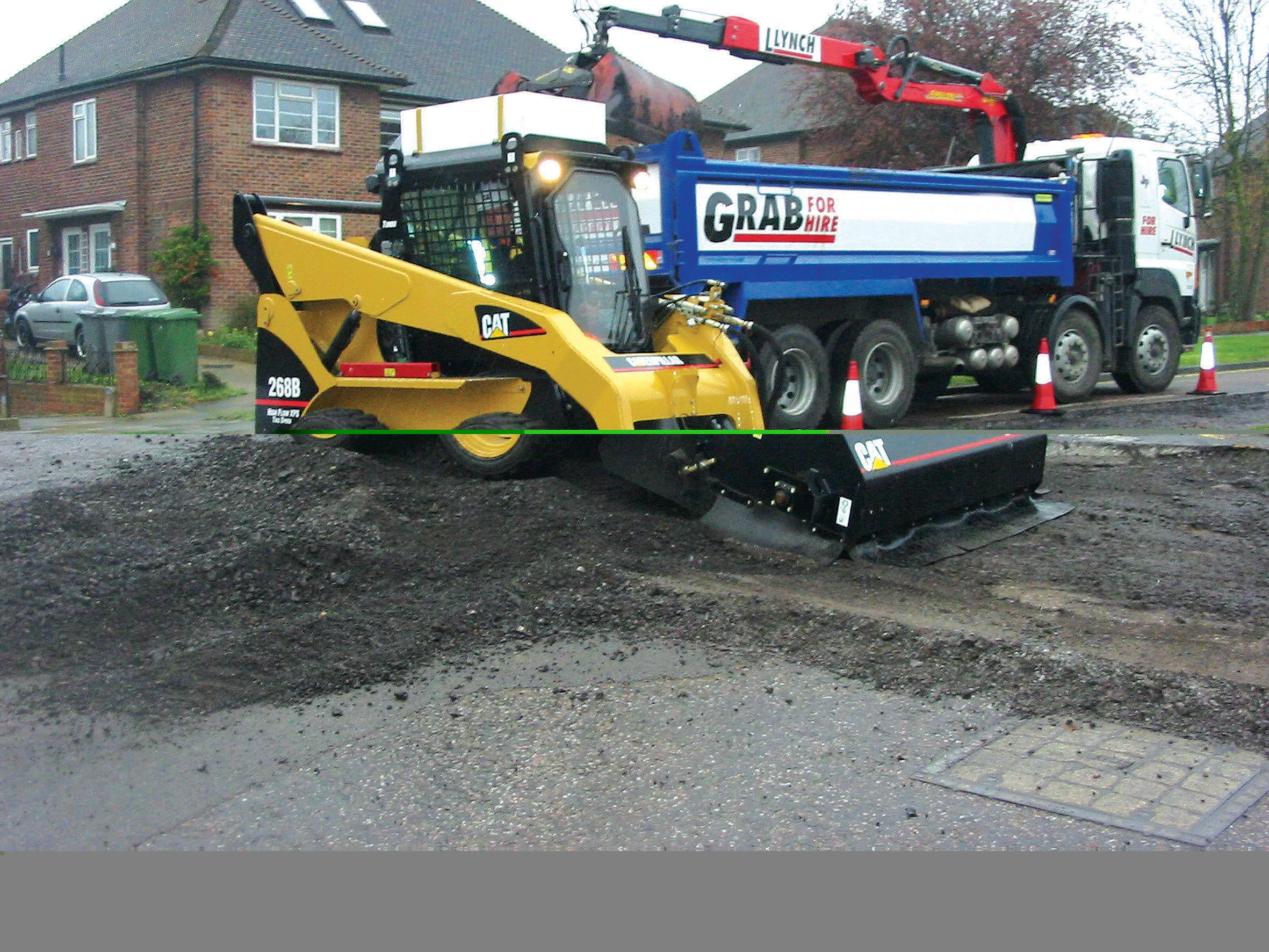New milling machinery at the recent Intermat exhibition will meet demands for customers wanting a range of machines stretching from compact units for road repairs to highway-class equipment for large resurfacing projects
February 29, 2012
Read time: 3 mins
New milling machinery at the recent Intermat exhibition will meet demands for customers wanting a range of machines stretching from compact units for road repairs to highway-class equipment for large resurfacing projects
Aimed very much at the compact equipment sector for road repair contractors,To ensure traction on uneven ground this machine has drive to all four wheels as well as an anti-slip control (ASC) system fitted as standard. Volvo has also developed its patent-pending line manager system that works with the ASC and allows an operator to maintain a constant speed of operation and direction without being affected by forces generated at the milling drum. The MW500 is an updated and improved version of the 0.5m class machine introduced previously by Ingersoll-Rand, prior to this road equipment range being bought by Volvo Construction Equipment.
Moving up the size scale,
These versions are designed for a range of mid-sized milling duties in road repair jobs. Centrally mounted milling drums allow for a good surface finish, aided by four steerable tracks for stability and manoeuvrability, while good ground clearance is claimed even when milling to depths of 320mm. The drive system to the cutter drum has been redesigned and this is one of several features that help increase milling quality. Ease of operation is claimed while a single key also allows access to stowage and operation. Water capacity has been boosted by 25% to 1,250litres over the model being replaced, while a new seal system between the conveyor belts reduces dust levels and hydraulic side plates are also available to maximise finish quality.
BOMAG's powerful BM2000/60 model is said to combine high performance and cutting efficiency with low cutter wear and vibration and can mill widths of 2m. The machine's operator platform is mounted on vibration dampers that help improve comfort and reduce fatigue for the operator, with comfort levels also boosted by an exhaust control to cut noise emissions. The wide roof can be moved sideways along with the front windscreen when the operator needs to monitor the milled edge, giving additional protection from dust or dirt generated by the milling process. This also allows greater clearance on the other side of the machine for any overhanging obstructions.
Ease of transport has been improved according to BOMAG as canopy folds down, while the BM2000/60 is also equipped with a conveyor that folds hydraulically for stowage and can be unfolded quickly for use. Water capacity has been increased by 10% to 3,500litres compared with the previous model. The water is held in two tanks, with the smaller 1,000litre unit mounted at the rear of the machine as this provides extra ballast, improves stability and allows for a better milled finish. The rear-mounted tank also reduces track slippage and increases component wear life. Because the machine has hydraulic side plates around the milling box, a more consistent finish is achieved as material does not accumulate and cause the milling drum to float.









